Planning an evergreen privacy screen
haringfan
16 years ago
Related Stories

GARDENING AND LANDSCAPINGGrow a Lush Privacy Screen
No need to wait forever for patio privacy the green way. These 10 ideas will get your screening up and running in no time
Full Story
GARDENING GUIDESGrow Your Own Privacy: How to Screen With Plants and Trees
Use living walls to lower your home and garden's exposure while boosting natural beauty in your landscape
Full Story
LANDSCAPE DESIGNWarm Up Your Home With an Evergreen Windbreak
Plant tall trees for more warmth in winter, serenity in summer and good looks all year long
Full Story
LANDSCAPE DESIGNThe 7 Best Plant Types for Creating Privacy and How to Use Them
Follow these tips for using different kinds of plants as living privacy screens
Full Story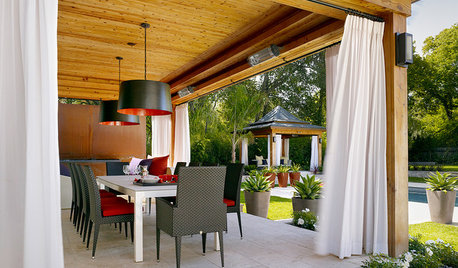
PATIOSGet Backyard Privacy the Subtler, Stylish Way
Why settle for a hulking brick wall when plants, screens and other refined backyard dividers do the job with panache?
Full Story
GARDENING GUIDESGreat Garden Combo: 3 Wonderful Plants for a Deer-Resistant Screen
Protect your privacy and keep deer at bay with a planting trio that turns a problem garden area into a highlight
Full Story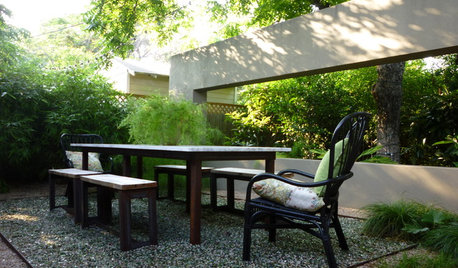
LANDSCAPE DESIGNIn Austin, a Backyard Wall Provides More Than Privacy
Designers solve a common privacy problem — and create some unexpected play — with a clever screening solution
Full Story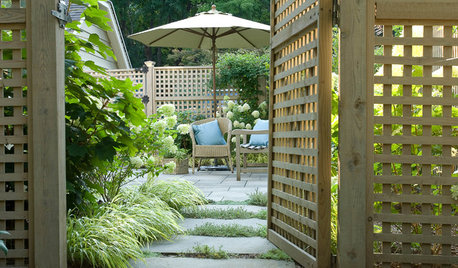
GARDENING AND LANDSCAPINGUpgrade Your Outdoor Privacy With Lattice
Keep prying eyes in their place while letting the light peek through when you add lattice fencing to your yard or patio
Full Story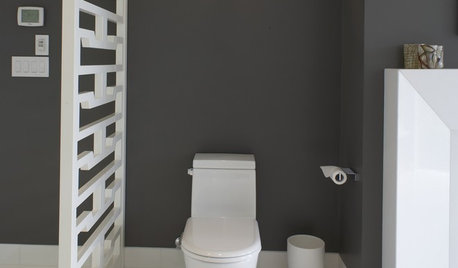
BATHROOM DESIGNHere's (Not) Looking at Loo, Kid: 12 Toilet Privacy Options
Make sharing a bathroom easier with screens, walls and double-duty barriers that offer a little more privacy for you
Full Story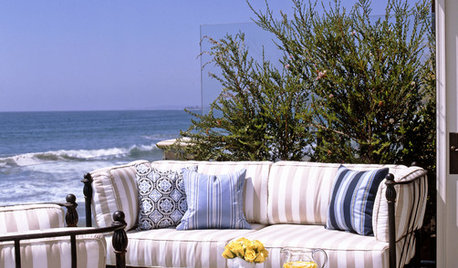
GARDENING AND LANDSCAPINGHow to Screen a Seaside Garden From the Wind
Lucky enough to live by the coast? Here’s how to protect your garden and deck from the harsh sea breezes
Full Story







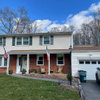
duluthinbloomz4
haringfanOriginal Author
Related Professionals
Edmond Landscape Architects & Landscape Designers · Essex Landscape Architects & Landscape Designers · Goodyear Landscape Contractors · Belmont Landscape Contractors · Clayton Landscape Contractors · Mount Kisco Landscape Contractors · Ringwood Landscape Contractors · Ankeny Decks, Patios & Outdoor Enclosures · Bowie Decks, Patios & Outdoor Enclosures · Cincinnati Decks, Patios & Outdoor Enclosures · Manchester Decks, Patios & Outdoor Enclosures · New Berlin Decks, Patios & Outdoor Enclosures · Portage Decks, Patios & Outdoor Enclosures · Rancho Palos Verdes Decks, Patios & Outdoor Enclosures · Randallstown Decks, Patios & Outdoor Enclosureskarinl
haringfanOriginal Author
karinl
Brent_In_NoVA
lpinkmountain
spazzycat_1
misslucinda
spazzycat_1
misslucinda
haringfanOriginal Author
spazzycat_1
diane_9
spazzycat_1
sue_mi
spazzycat_1
tsheehan7
haringfanOriginal Author